A Grain of Truth
Decades ago defense was indeed the largest part of the federal budget. In the 1950s it represented about 2/3 of federal spending, which was 15% of US GDP.
This is a high proportion and was in line with a capitalist country at the time where state spending was restricted to two core priorities: defense and infrastructure, while all other sectors of activity were left to private initiatives. But things have changed a lot since then:
As shown in the graph above, over the past 60 years, the defense budget has shrunk from 15% of the GDP to less than 5%. As a result, the defense budget (in constant dollars) has been stagnating since the 1950s:
This stagnation is all the more striking in that the federal budget has dramatically increased over the same period of time:
The graph above shows that the US federal budget jumped from $500 billion in the 1950s to almost $3.5 trillion in 2010. In 2017, following two Obama administrations, it reached $4.2 trillion. That's more than an 800% increase.
One factor that enabled this dramatic increase in federal spending was the increase in GDP, which can be partly attributed to profits from wars waged by the US in numerous countries over the past six decades:
Those conflicts and their aftermaths generated huge profits not only for weapons manufacturers, but all companies involved in 'rebuilding' the target country - which usually involves US tax dollars being funneled to US corporations - and the appropriation of the target nation's most profitable resources.
This process is clearly explained in Naomi Klein's 'The Shock Doctrine'. But what is not explained in Klein's book is that the companies that dramatically increase their profits thanks to war, end up expanding, recruiting more employees and remunerating contractors and suppliers, and that all those economic agents will, in turn, end up paying more taxes that fund the federal budget.
Cui Bono?
If, as shown above, the US defense budget did not increase while the federal budget sharply increased, then where did all this extra federal money go? It appears that most of those funds, and here we're talking about trillions of dollars every year, went to the same place - the welfare state:
As depicted in the graph above, spending on the two traditional missions of the federal government - defense (red) and infrastructure (green) - have been dramatically shrinking. In the 1950s, it represented about 90% of federal spending while the welfare state (entitlement programs - blue) was virtually non-existent.
Today, the situation is reversed, with defense and infrastructure representing a mere 1/6 of total spending, while entitlement programs get the lion's share with 2/3 of the federal budget:
In terms of absolute numbers, the rise in social spending is even more staggering. It has reached almost $3 trillion, and now dwarfs defense spending by a factor of five. Notice also that it follows a hyperbolic trajectory that screams unsustainability:
Social programs already consume 2/3 of the federal budget and, at this frenetic pace, by 2030, they will consume all of it:
Despite the extra revenue generated by wars and increased taxation, federal spending (mostly composed of social programs) already exceeds total federal revenue (hence the massive US public debt):
As shown in the graph above, federal revenue is increasing steadily but spending is rising much faster. Since 2002, spending far exceeds revenue and thus contributes to an unsustainable level of public debt. Since 2012, US public debt is larger than US GDP and, not so coincidentally, it follows the same unsustainable hyperbolic trajectory as that of social program spending:
The Welfare State Funds The Implementation of Liberal Totalitarianism
The above shows that it is too simplistic to claim that wars waged by the US are exclusively designed to profit the Military Industrial Complex. While it's certainly true that agents from the military and industrial complex benefit from wars, it is clearly not the sole beneficiary, and not even the main beneficiary.
Rather, the main beneficiary of US wars is the welfare state. But war profits, no matter how frequent and large, aren't sufficient to fill the welfare black hole; on top of war profits, gigantic debt levels are also necessary to fund today's sky-high social programs.
From the above, one can reasonably conclude that one of the fundamental reasons for the US to wage wars around the world - and to embrace toxic levels of debt - is the funding of the welfare state. The next question is, where does this welfare money go?
The graph below shows that individuals with an annual income lower than $25,000 are the main beneficiaries of tax and transfer benefits:
And who are the individuals who make less than $25,000 a year? Is there a strong predictor like poverty, race, age, sex or geographic location? None of those criteria are as strong a predictor of poverty as marital status:
Single parent households are much more likely to be poor, and the number of single parent households has never been as high as it is today. The situation has reached the point where the normal family is not the norm anymore. A child born in 2018 has less than a 50% probability of growing up with both his or her biological parents:
Unwed childbearing has reached epidemic proportions in the US, with about 14 million single parents in 2011 raising more than 20 million children.
Statistics convincingly show that single parenting is not a good environment for children. It dramatically increases the probability that such children will engage in criminal behavior, take drugs, go to jail, drop out of school, suffer from depression, be obese and, of course, end up poor.
But 'poverty' in a socialist country like the US doesn't mean the same as poverty in a third world country. Today, a single parent with one or more children is eligible for more than 100 different social programs. On average, a single parent with two children will receive between $35,000 (in Illinois) and $49,000 (in Hawaii) in social benefits. The intervention of the US welfare state has reached such proportions that, in many cases, it's more profitable to be a non-working single parent than a working married parent. The welfare state encourages single parents not to work:
A 2013 Cato Institute study in which I participated found that total welfare benefits - counting not just TANF, but also food stamps, housing assistance, Medicaid, WIC, emergency food assistance, and the Low Income Home Energy Assistance Program (LIHEAP) - exceeded the minimum wage in 35 states. In the eight most generous states, those benefits could exceed what an individual would earn from a $20-an-hour job in 2013. While certainly not every poor family receives all those benefits, it is clear that the welfare system can still create a strong disincentive to work.In exactly the same financial way, the welfare state encourages single parents not to re-marry:
Given the effectiveness of marriage in reducing poverty and other social problems, you would think that strengthening marriage would be a top priority for the welfare state. Wrong. The welfare system does the opposite. Welfare actively penalizes marriage by reducing benefits when low-income couples do marry.By lavishly supporting single parents and destroying the institution of marriage through 'no-fault divorce', the welfare state actively supports what has come to be known as the feminist/liberal agenda. The welfare state has de facto expelled and replaced men from the nucleus family. Today it is the state, not fathers, that educates children (day care, schools, counseling), today it is the state, not husbands, that financially supports the wife.
For example, a single mother with two children who earns $15,000 per year will generally receive around $5,200 per year from the Food Stamp program. However, if she marries a father with the same earnings level, her food stamps would be cut to zero. A single mother receiving public housing benefits would receive a subsidy worth on average around $11,000 per year if she was not employed. But if she married a man earning $20,000 per year, these benefits would be cut nearly in half.
The federal government runs more than 80 welfare aid programs; nearly all of them provide very real financial incentives for couples to remain separate and unmarried.
- Robert Rector, How the Welfare State Penalizes Parents Who Marry
The intrusion of the state on the family nucleus is also deeply affecting the nature of the relationship between single mothers and their children. Single mothers are effectively 'married' to the state, which supports them financially, while their children have increasingly become a financial tool to maximize this financial support:
The replacement of the father by the government, which is the current trend in the West, will undermine maternal sentiments, alter the very nature of motherhood from an emotional tie into a form of waged employment with money as an intermediary between mother and her love; motherhood then is no longer a bond, but a paid employment. It is obvious that this process would lead to the destruction of the family.
- Baskerville, The New Politics of Sex
The Family Was The Last Bulwark Against Leftist Totalitarianism
It would be a grave mistake to think that the destruction of the family by the liberal ideology and its welfare state is a victory for single parents.
Everyone stands to lose from the destruction of the family: the expelled father finds himself a debt slave as a direct result of his divorce and the subsequent loss of his assets and the seizure of his income. The single mother is slave to the financial support of the state and the children are slaves to the education system of the state.
More importantly, the family nucleus was the very last stronghold of privacy and freedom in the face of the totalitarian liberal ideology. It was the last place where individuals could make personal choices, where the state could not interfere with personal decisions, where individuals were free to transmit to the next generation their culture, moral values and knowledge.
The rise in single parent households has shrunk the number of traditional families while new laws that regulate every aspect of a family's private life - including domestic violence, decisions on child-rearing, education, sexuality, religious beliefs, the food children are fed, and the use of alternative medicines - enable state interference in the life of the family.
Notice that we're touching here the very core definition of totalitarianism:
Totalitarianism is a political concept where the state recognizes no limits to its authority and strives to regulate every aspect of public and private life.The liberal ideology has killed the family and now nothing stands in the way of totalitarian control of every citizen, even in his very home. But the destruction of the family is only one of numerous nefarious objectives pursued by the progressive ideology and those that espouse it. Of course, those objectives are carefully hidden behind a politically correct facade:
- Conquest, Robert (1999). Reflections on a Ravaged Century
- multiculturalism: politically correct for the destruction of nations
- anti-racism: politically correct for the emergence of privileged minorities
- clericalism: politically correct for the destruction of religions
- sexual freedom: politically correct for the promotion of promiscuity
- equality: politically correct for the destruction of personal freedom
- modern art: politically correct for the destruction of beauty
- gender fluidity: politically correct for the destruction of identity
- postmodernism: politically correct for the destruction of truth
- fight against fake news: politically correct for censorship
- liberty: politically correct for the removal of responsibility
Notice that, today, the promotion of a totalitarian liberal agenda is not carried out by a clearly identified group led by a single public leader, as was the case with Lenin's Bolsheviks in Russia or with Hitler's Nazis in Germany.
Today, totalitarianism has manifested through a sort of ideological hydra, and only its heads are visible under the guise of many 'activist' groups, all of which define themselves as 'oppressed'. Despite their apparent diversity, all such 'activist' groups belong to the same ideological body: liberalism/progressivism.
The Hypocrisy of Liberalism:
Feminists and liberals despise the military because it is a male-dominated environment, one of the last places where healthy aggressiveness can, ideally, serve a positive or protective purpose. At the same time, these people seem to be fully aware of how appealing the military is from a social/political perspective:
1/ Finance: they need the military to fund their totalitarian plan.
2/ Social engineering: feminists and liberals have fully realized that the level of coercion in the military - where the soldier must obey orders even if they go against his conscience - makes it a perfect ground for indoctrination. In the military more than anywhere else, it is possible to apply extreme social engineering.
What happens to soldiers - and there are many - who disagree with women and homosexuals in combat units? Are they to be punished? Court-martialed? Do their religious and political views - that in other citizens would be protected by the First Amendment and other guarantees for freedom of expression - constitute disobedience to orders? If so, this means using the severe standards of military discipline to enforce a political ideology and punish doctrinal heterodoxy, even when it is nothing more than traditional beliefs and has no bearing on military effectiveness.3/ Domestic conflict: The furthering of the liberal/feminist plan is giving rise to a growing number of opponents who can see the absurdities, the contradictions and the destructiveness of their ideology. In recent years we have seen a growing number of violent confrontations between the enforcers of the liberal ideology (SJWs, Antifa, Black activists) and people who oppose it.
- Baskerville, The New Politics of Sex
The military intervening directly to enforce ideological orthodoxy among citizens seems like a remote Orwellian nightmare. This drift is, however, already very real within the US military:
Military officials have begun targeting American citizens on American soil as "hate groups" because of their religious convictions. In military briefings, officials labeled groups of law-abiding citizens like the American Family Association (AFA) as hate groups because of their sexual morality.Liberals and feminists are aware of this trend and have long realized that, in such a context, it is the one who has the guns that usually wins. This is one of the main reasons why, for years, feminists have focused on the military and aim to control it.
"Why is the military training their personnel about domestic organizations, about what's going on here inside the United States? Isn't the purpose of the military to fight wars overseas?" asks Tim Wildmon of AFA.
"It's kind of troubling to think that the US Army is focusing on groups like the American Family Association." In effect, the military is taking sides in domestic political issues to the point of making religious convictions grounds for military intervention.
"It's spooky and in fact dangerous to see the US military even involved in policing pro-family groups on American soil," says Bryan Fisher of AFA. "Their job is to fight al-Qaeda, not their own citizens."
- Dave Bohon, 'Pentagon's True Take on Pro-family', The New American
On the one hand, feminists and liberals point the finger at male aggression exemplified by the military - on the other, they use the military to further their toxic goals. And the hypocrisy doesn't stop there; consider the willingness with which feminists send men to die at the 'front' while condemning the slightest male sexually-suggestive word or look at women.
Feminist hypocrisy towards women is equally striking. At home, feminists (both the male and female varieties) treat women as fragile creatures who are the never-ending victims of sexual harassment and violence, but these are the same feminists who lobbied for the feminization of the army, which basically means using women as cannon fodder.
Conclusion
In order to reconcile two mutually exclusive values: wars and equality, leftists have been busy developing twisted narratives: war for 'freedom', war for democracy, war or equality, humanitarian war. It should be no surprise then to see that many feminists support wars against foreign nations in the name of stopping the 'oppression' of women in the very same foreign nation targeted by the neoliberal elite.
"We are not advocates for war, and conditions did not have to reach this dire point, but we believe that withdrawing troops means abandoning 15 million women and children to madmen who will sacrifice them to their lust for power."Ironically the wars fought by men overseas have ended up funding the welfare state at home which, in turn, funds a domestic war where the husband is the enemy.
- Esther Hyneman, board member of Women for Afghan Women
The welfare state is in the process of removing the husband from the family thanks to a simulacra of justice: no-fault divorce, private courts, false accusations, biased judges, lower standards of evidence, no due process for defendants, and by broadening the definitions of rape, sexual harassment and domestic violence.
For centuries wars have been fought by men to provide resources for their household and local community or nation. There is nothing new under the Sun - it's just that today, when the soldier comes back from the front, he's not welcomed with banners, smiles and kisses. Rather, he's kicked out of his house, has to pay alimony for the rest of his life, another man is in his bed, and the state has taken ahold of his kids:
As one Army spouse writes to me, soldiers have been evicted from their homes, had vehicles repossessed and were forced to take out loans just to survive. One soldier in particular deployed to Iraq and, although he was divorced from his spouse and child support had been set and he was up to date with payments, she was able to successfully petition the court to increase support even though he had joint custody of their children and the Army allowed for him to maintain quarters for them. This increased his support to over $3,000 per month for two children, and when he returned from war he was forced to file for bankruptcy. But bankruptcy offers no protection against arrest.In sum, the Military Industrial Complex is a convenient scapegoat used by liberals and feminists to fund the American welfare state and its totalitarian drift.
- Baskerville, The New Politics of Sex
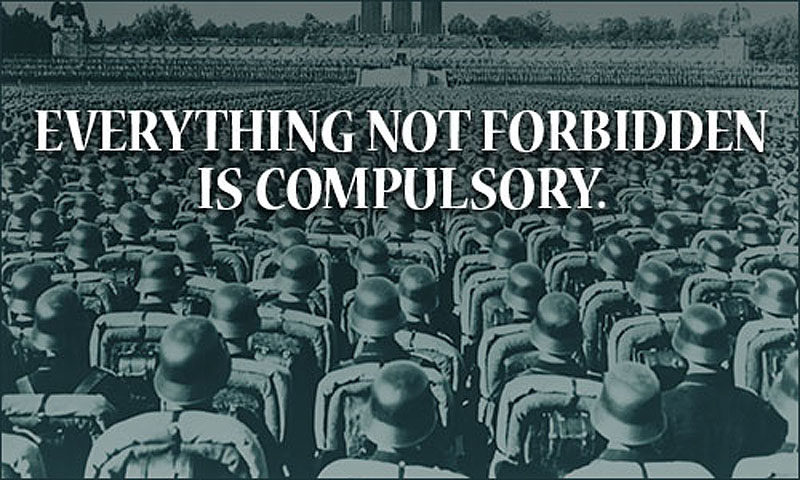
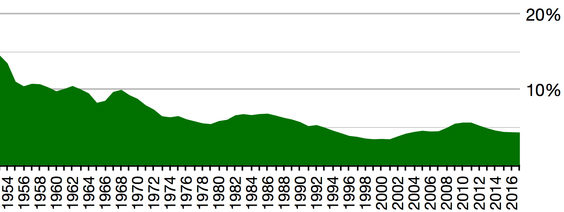
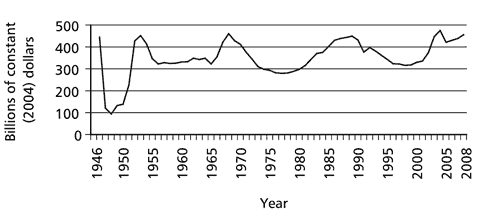
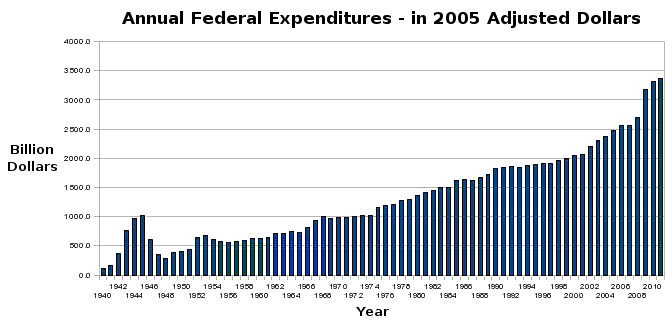
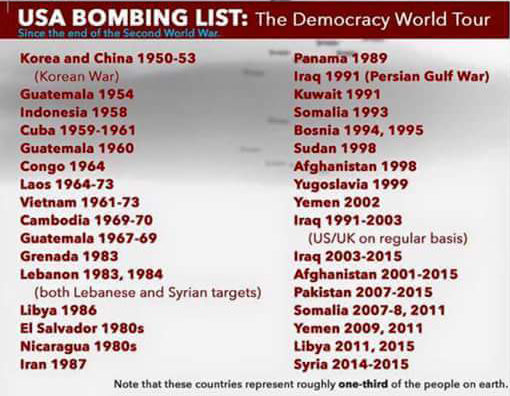
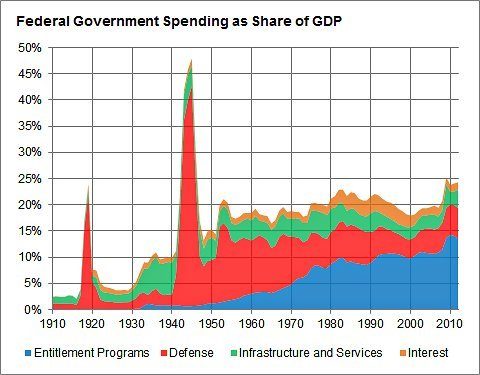
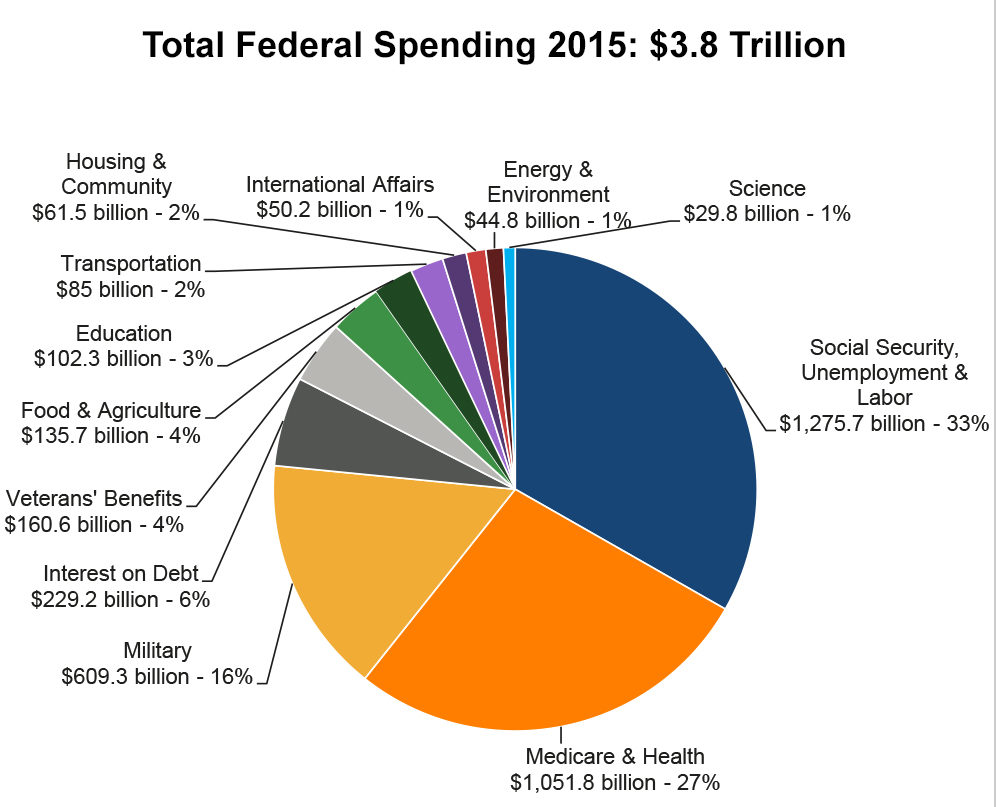

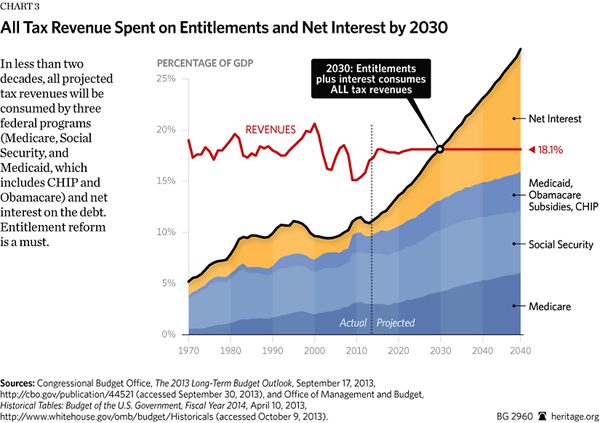
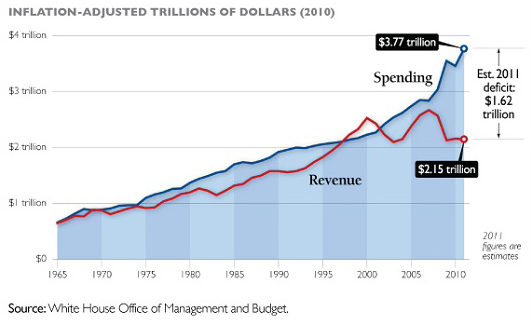
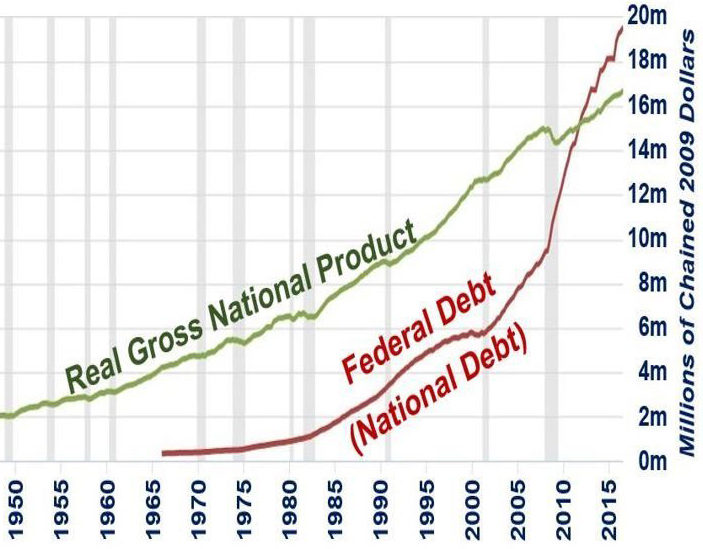
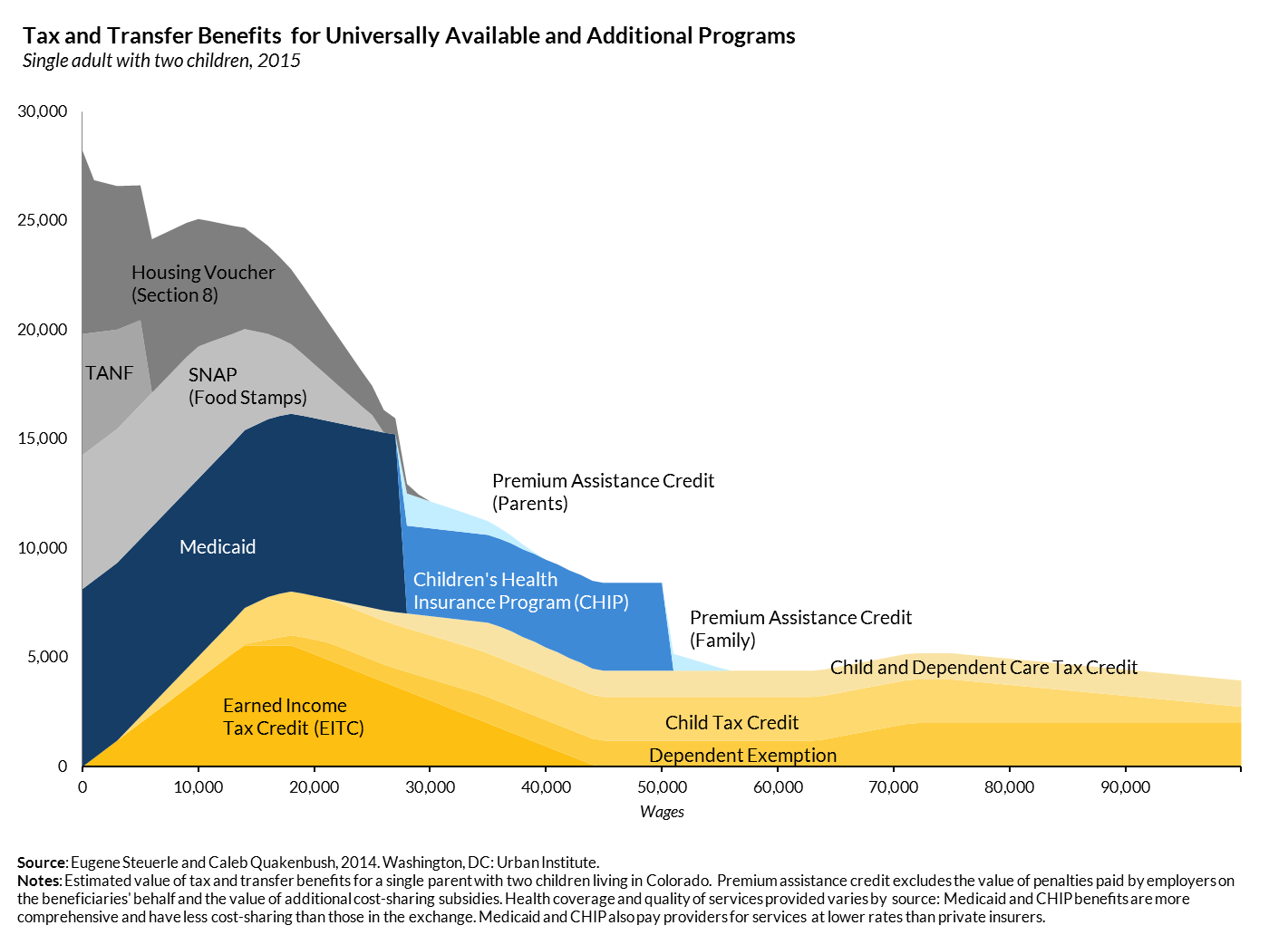
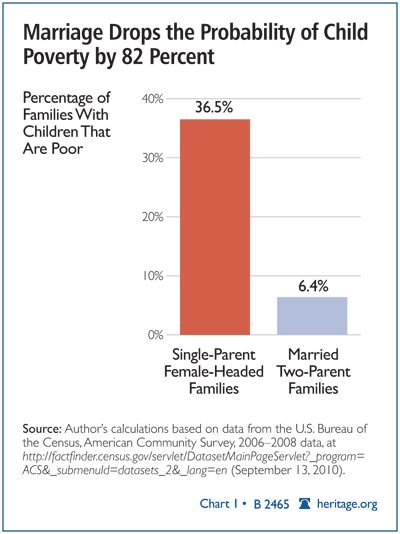
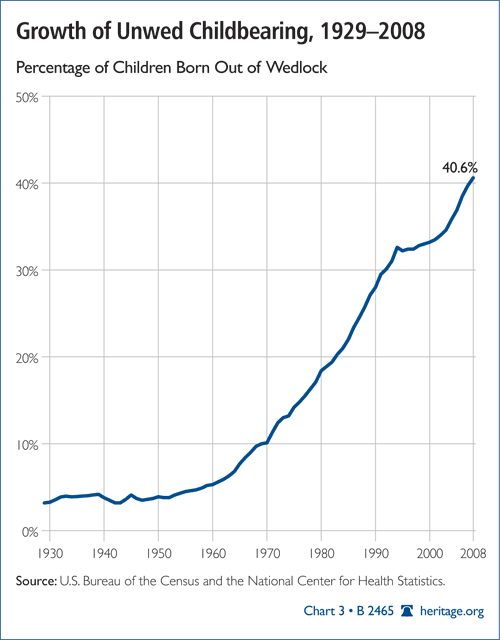




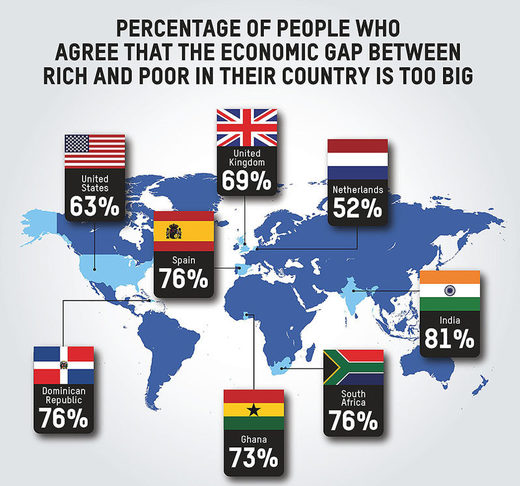




As we are a positive people, we need a negative government for opposition, for it is opposition which strengthens us. A negative government only does what the people and states cannot do better themselves, and this was reflected in the Constitution of the United States. Now that we have a positive government, the positiveness of our people will come against the positiveness of the federal government and there will never be any peace.